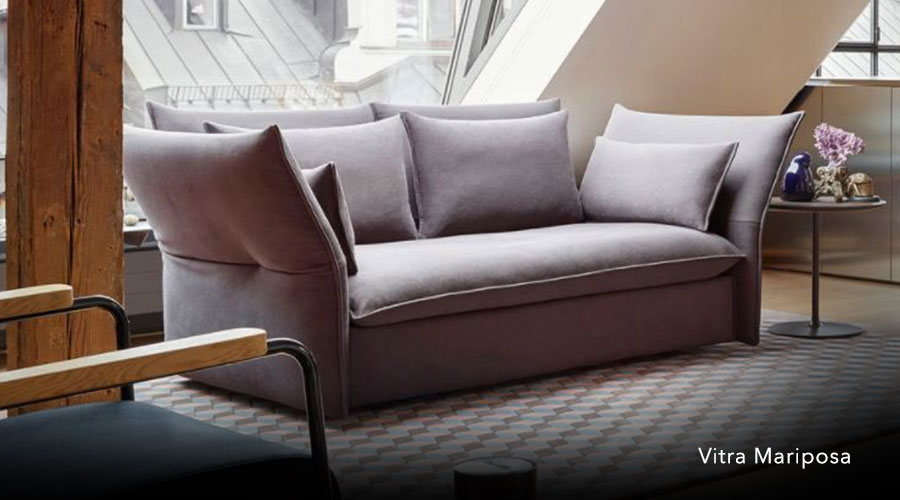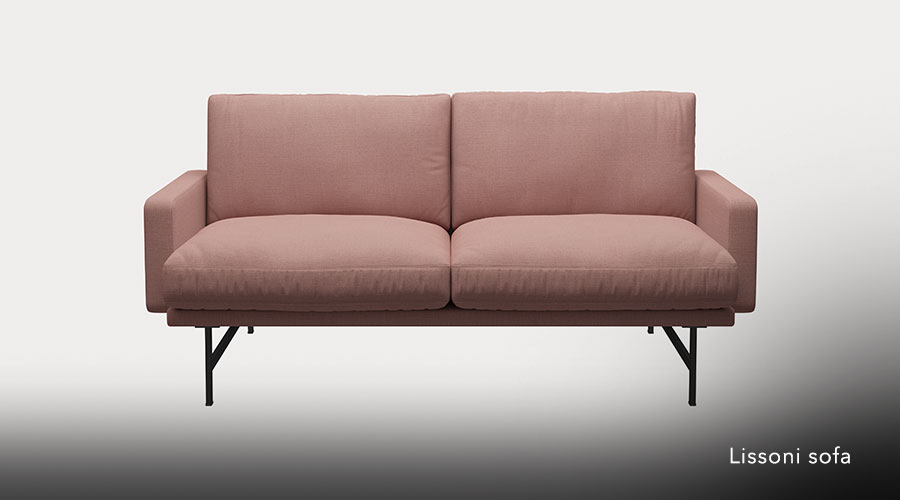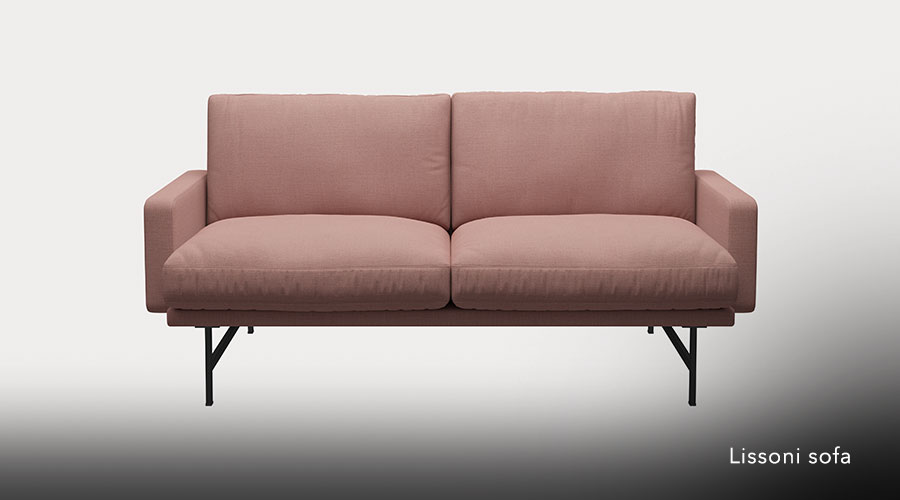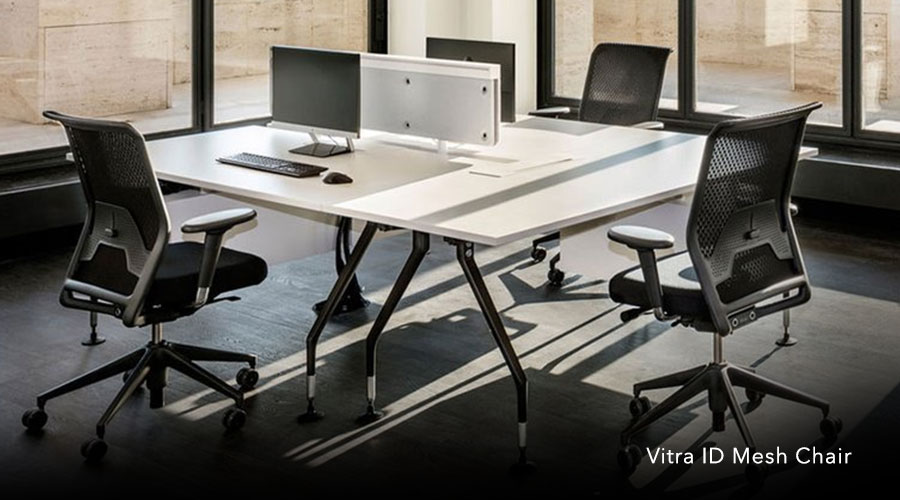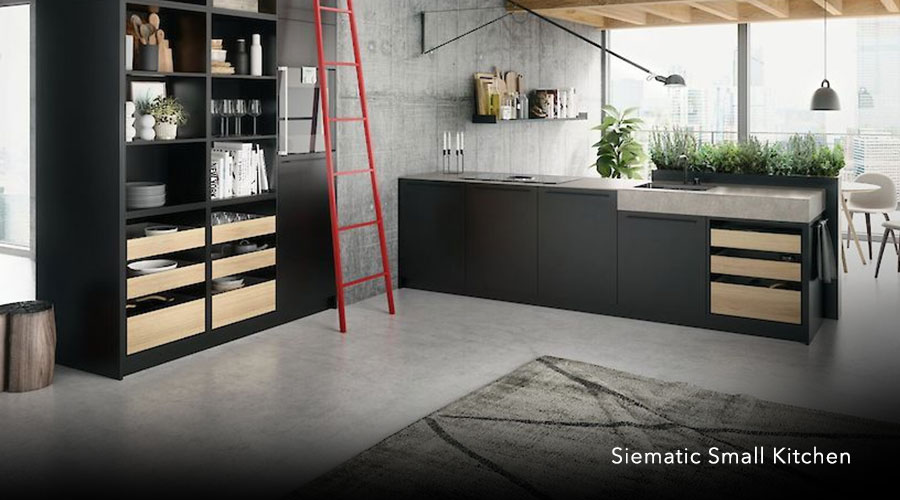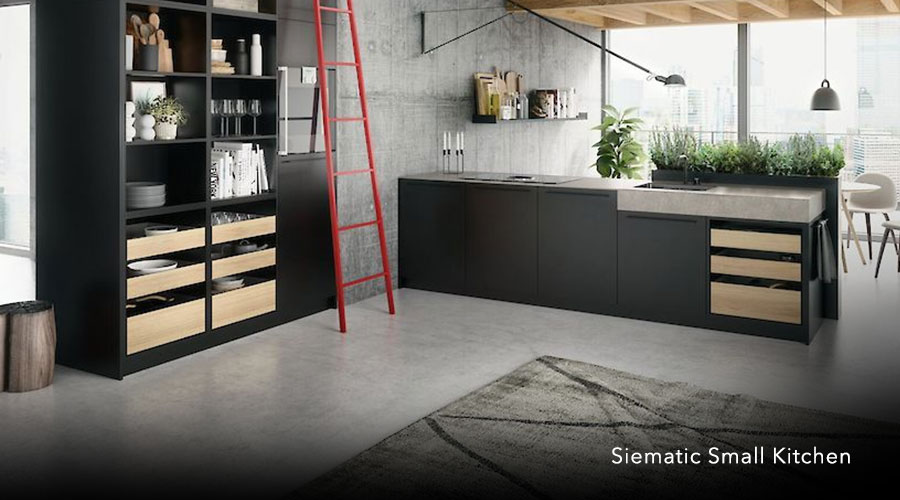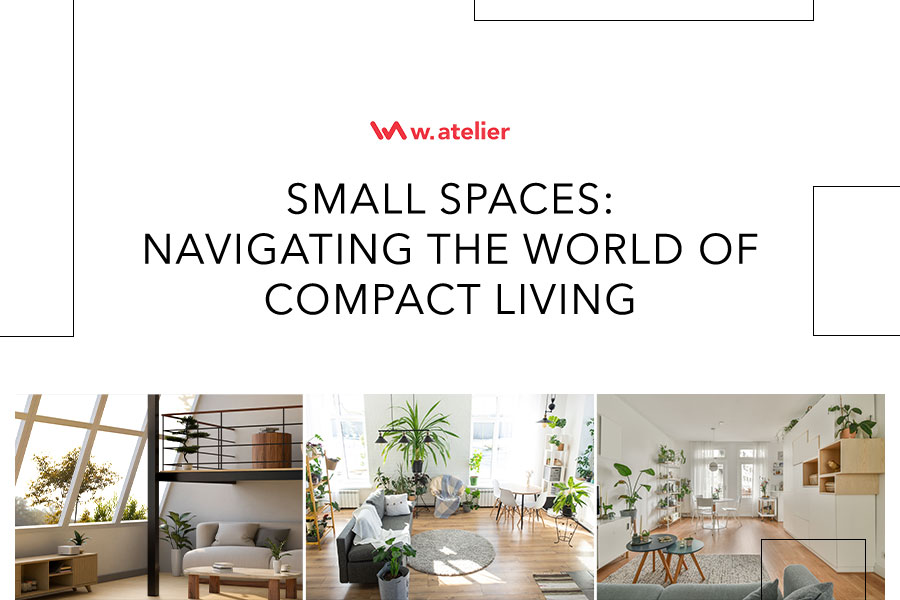
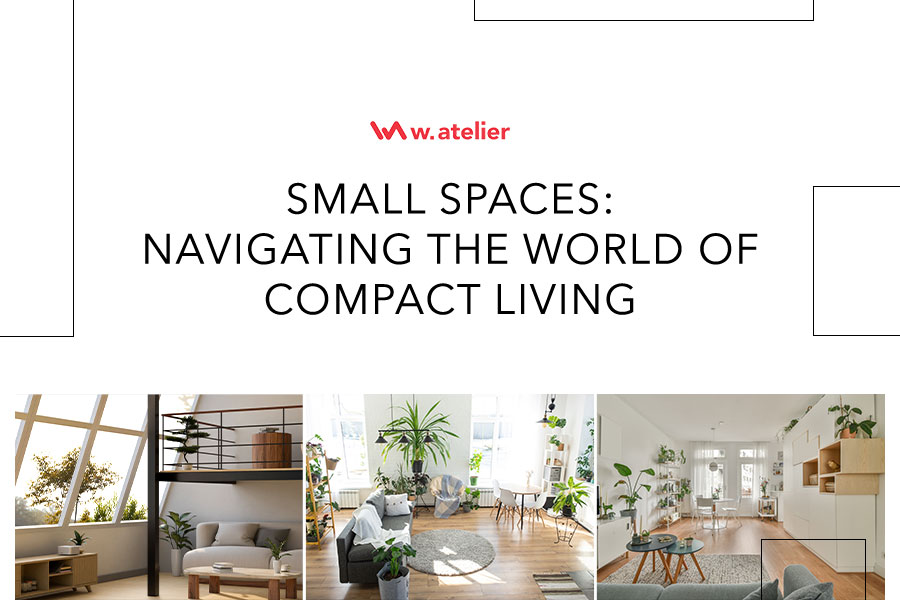
Small Spaces: Navigating the World of Compact Living
Small spaces have captured the imagination of many individuals and families worldwide. What is it about these snug, cosy abodes that has sparked such interest and appeal?
In this blog, we aim to unravel the reasons behind the growing popularity of small spaces and shed light on how you can maximise one.
One of the key factors driving the rise of small spaces is the concept of simplicity and minimalism. Many people embrace decluttering, reducing possessions and leading a more streamlined lifestyle in a world of material excess. Small spaces provide the perfect canvas for this minimalist approach, allowing individuals to focus on the essentials and create a more serene and uncluttered living environment.
Moreover, these spaces align with the values of environmental consciousness. As we face mounting concerns about sustainability and the depletion of resources, compact living offers an opportunity to minimise our ecological footprint. With efficient use of space, reduced energy consumption, and a conscious approach to consumption, small spaces can become havens of eco-friendly living.
Financial considerations also contribute to the allure of small spaces. With skyrocketing housing costs and the desire for financial freedom, many people are turning to compact living as a more affordable alternative. Small spaces offer the chance to own or rent a property at a fraction of the cost of larger homes, freeing up resources to pursue other passions, invest in experiences, or save for the future.
Small spaces also offer an intimate and cosy atmosphere that is undeniably appealing. The compactness of these spaces fosters a sense of closeness and connection, promoting a warm and inviting ambience. From cosy reading nooks to snug living areas, these spaces encourage us to appreciate the simple joys of being together and create a sense of home.
So, join us as we explore the appeal and possibilities of compact living, whether you are a tiny home enthusiast, a city dweller in a studio apartment, or simply curious about the world of small spaces.
Planning and Designing Small Spaces
When it comes to small spaces, assessing your needs and lifestyle is essential before diving into the design process. Understanding how you use your area and your priorities will help you make informed decisions and create a functional and personalised environment.
Consider the following:
✔️ Identify your essential activities: List the activities crucial to your daily life. Do you work from home? Do you enjoy cooking? Are you an avid reader? Understanding your activities will guide the design of specific areas within your small space.
✔️ Consider the number of occupants: Consider their needs if you share your space with others. Are there children who need a play area? Does a roommate require a designated workspace?
✔️ Prioritise your requirements: Determine what is most important to you in your small space. Is it ample storage, a comfortable sleeping area, or a functional workspace?
Space Optimisation Strategies
In small spaces, every square inch counts. Optimising the area to its fullest potential is crucial when working with limited square footage. Employ effective space optimisation strategies to maximise your small space and create a functional and comfortable environment.
Here are some space optimisation strategies to make the most of your limited square footage:
- Maximise vertical space: Utilise the vertical dimension of your room by incorporating tall shelving units, wall-mounted storage, and floor-to-ceiling cabinets. These solutions free up valuable floor space while providing ample storage.
- Arrange furniture strategically: Opt for furniture that fits the scale of your area and arrange it in a way that promotes openness and functionality. Avoid blocking pathways and create distinct zones for different activities.
A good example is the Vitra Mariposa sofa that is designed to deliver exceptional comfort and versatility. With its plush and soft upholstery, every seat in the Mariposa family offers a cosy and inviting experience. What sets these sofas apart is their adjustable arm and backrests, allowing you to customise your seating position according to your preferences.
The two-seater Mariposa is particularly well-suited for smaller spaces, such as urban apartments, where space may be limited.
- Emphasise innovative organisation: Keep your small space organised and clutter-free. Storage solutions such as baskets, bins, and organisers are used to maintain a tidy environment. Regular decluttering will help maximise available space.
Utilising Multi-Functional Furniture
Multi-functional furniture is a game-changer in small spaces. These versatile pieces serve multiple purposes, saving both space and money. Consider the following options:
- Convertible furniture: Invest in furniture that can transform or adapt to different functions. Examples include sofa beds, folding dining tables, and extendable consoles. These pieces allow you to maximise space without compromising on functionality.
- Modular furniture: Modular furniture offers flexibility and customisation. Pieces can be rearranged or combined to create configurations based on your needs. Modular sofas, storage cubes, and shelving systems are excellent examples.
- Collapsible furniture: Collapsible or foldable furniture is ideal for small spaces where space optimisation is crucial. Folding chairs, drop-leaf tables, and fold-out desks can be easily stored when not in use, freeing up valuable floor space.
Colour Schemes and Lighting Techniques
Colour and lighting are two crucial elements that can significantly impact the design and perception of a small space. By strategically choosing colour schemes and employing proper lighting techniques, you can create an illusion of space, enhance the ambience, and make your small room more open and inviting.
Regarding colour schemes, lighter and neutral shades are generally recommended for small spaces. Light colours, such as whites, pastels, and soft neutrals, have the ability to reflect light and create a sense of airiness. They visually expand the space and make it feel larger than it is.
However, this doesn't mean you must stick solely to white or pale shades. You can incorporate pops of colour through accents and accessories to add interest and personality to your small space. Just be mindful of balancing brighter or darker hues with lighter tones to maintain a sense of openness.
In addition to colour, lighting plays a vital role in small-space design. Maximising natural light is necessary to create a bright and open ambience. Keep your windows unobstructed, and use sheer curtains or blinds that allow light to pass through. Natural light illuminates the space and enhances the visual perception of depth and expansiveness.
Creating Illusions of Space
Even in small spaces, you can create the illusion of more room.
Consider the following techniques:
- Mirrors: Place mirrors strategically to reflect light and create a sense of depth. Mirrored walls, large mirrors above consoles, or mirrored closet doors can visually expand your space.
- Optimise sightlines: Arrange furniture and decor for clear sightlines throughout the space. Unobstructed views create a sense of continuity and openness.
- Vertical elements: Incorporate vertical design elements, such as floor-to-ceiling curtains or vertically striped wallpaper, to draw the eye upward and create an illusion of height.
- Minimalistic approach: Embrace a minimalistic design aesthetic by decluttering and keeping surfaces clear. A clutter-free environment feels more open and spacious.
Organisation and Storage Solutions
Organising and optimising storage space is essential for maintaining a clutter-free and efficient living or working environment. From homes to offices, a proper organisation can enhance productivity, reduce stress, and create a sense of harmony.
Effective organisation helps save time and effort by eliminating the need to search for misplaced items. It can also contribute to aesthetic appeal. An organised space appears visually pleasing and creates a calm and inviting atmosphere. It allows the focus to shift from clutter to the elements that truly matter, such as decor, artwork, or personal mementoes.
Shelves, boxes, and other storage solutions can help with effective organisation. One is Artek's Wall Shelf – the epitome of elegance and functionality when it comes to displaying your beloved books, lamps, or small decorative items. Designed by the renowned architect Alvar Aalto in 1936, this timeless wall shelf showcases a perfect blend of form and practicality.
Its support brackets, crafted from lamella loops, are ingeniously designed to be bent into shape with the strength of two individuals, ensuring both durability and a unique visual appeal.
In recent years, the concepts of decluttering and minimalism have gained popularity. Decluttering involves removing unnecessary or unused items, while minimalism focuses on intentional and mindful consumption, keeping possessions to a minimum. These principles align with organisation and storage solutions, as they encourage individuals to prioritise what they truly need and cherish, reducing the accumulation of unnecessary belongings.
- Start small: Begin with one area or room at a time rather than trying to tackle your entire home all at once. It makes the process more manageable and less overwhelming.
- Sort and categorise: Create piles or designate boxes for items you want to keep, donate, sell, or throw away. Evaluate each item and ask yourself if it brings you joy or serves a practical purpose. Be honest and let go of things you no longer need or use.
- Simplify your belongings: Aim to keep only the items that you truly need and love. Let go of duplicates, excessive decorations, or things with no sentimental value. Consider donating items that are in good condition but no longer serve you.
- Implement the "one in, one out" rule: For every new item you bring into your home, let go of one similar thing. It prevents clutter from building up again over time.
- Digitise when possible: Minimise paper clutter by digitally scanning and storing essential documents. It applies to photographs, books, and other paper-based items. Digital storage solutions can free up physical space.
Making the Most of Small Bedrooms
Effective utilisation of every square inch can make a significant difference in the overall layout and organisation of the bedroom.
One approach is to invest in multi-functional beds that offer built-in storage options. These beds often come with drawers or shelves beneath the mattress, providing convenient space to store clothing, bedding, or personal belongings.
Another option is to opt for wall-mounted nightstands instead of traditional bedside tables. These floating shelves create surface area for essentials while freeing up valuable floor space.
Loft beds are another clever solution for maximising space in small bedrooms. They create room underneath for a desk, seating area, or storage unit by elevating the bed.
Wall-mounted shelves and storage units help keep items off the floor and create additional storage space while sliding door wardrobes save space by eliminating swing clearance. Incorporating foldable desks or wall-mounted tables provides a functional workspace that can be easily stowed away when not needed.
Finally, ottomans or storage benches at the foot of the bed serve dual purposes, offering extra seating and hidden storage for various items. By carefully selecting space-saving bedroom furniture, you can optimise the layout and functionality of your small bedroom, creating a comfortable and organised space.
Living Room in Small Spaces
Designing a living room in a small space requires careful consideration and strategic planning. While limited square footage may seem challenging, it also offers an opportunity for creative and innovative design solutions.
Consider functionality and space efficiency when selecting furniture for your small living room. One key aspect to remember is the furniture's scale and proportion. Choose appropriately sized pieces for your space, avoiding oversized or bulky items that can overwhelm the room. Opt for furniture with clean lines and compact designs that fit well within the dimensions of your living room.
Another vital factor is multi-functionality. Look for furniture that can serve multiple purposes to maximise the functionality of your space. For example, a sleeper sofa or a futon can provide seating during the day and transform into a bed for guests at night. Coffee tables with built-in storage compartments or ottomans that double as storage units can help keep your living room organised and clutter-free.
Choosing furniture with visually open and lightweight designs in small living rooms is beneficial. Pieces with exposed legs or slender profiles create a sense of openness and make the room feel less crowded. This approach allows light to flow freely through the space, giving the illusion of more room.
The Lissoni Sofa™ is the epitome of elegance and practicality, making it the perfect choice for small spaces. With its sleek and minimalist design, this sophisticated sofa effortlessly blends into any living area, optimising every inch of available space. The clean lines and impeccable craftsmanship showcase a timeless aesthetic that exudes both style and functionality.
Flexibility in seating options is also essential. Consider incorporating furniture that can be easily moved or rearranged to accommodate different needs. This flexibility allows you to adapt the layout of your living room for various activities or to create more space when needed.
Ultimately, the key is to prioritise pieces that are not only visually appealing but also functional and space-efficient.
Efficient Home Office and Study Areas
Designing an efficient home office or study area is essential for individuals who work or study from home. It provides a dedicated space where productivity and focus can thrive.
Designing an efficient home office in a small space is essential for several reasons. Firstly, it optimises available space, ensuring the workspace is functional without infringing on other living areas. You can balance work, study, and living needs by carefully organising every square inch.
Applying the "Keep, Donate, Toss" method, you can declutter your kitchen and ensure that only the essentials and items that bring value remain in your space.
Organising Items by Categories
Once you have sorted through your kitchen items, it's time to organise them into categories. Categorising similar items together makes locating and maintaining an organised space easier.
Secondly, an efficient home office in a small space enhances focus and productivity. Having a designated workspace with clear boundaries helps create a mental separation between work or study and personal life. Individuals can enter a focused mindset with fewer distractions and a dedicated area, increasing concentration and productivity.
Lastly, the psychological impact of an efficient home office in a small space should not be underestimated. A well-designed and organised workspace provides a sense of structure and routine, contributing to a positive mindset and work or study satisfaction. Creating a visually appealing and functional environment can positively influence mood, motivation, and overall well-being.
Setting Up A Small Productive Workspace
The first step is to choose an ideal location for your workspace that minimises distractions and promotes concentration.
Next, prioritise ergonomic comfort to prevent strain and promote productivity. Invest in an adjustable chair that supports proper posture and a desk at the right height for comfortable typing and writing.
Experience ultimate comfort and ergonomic support with the Vitra ID Mesh Chair. This lightweight, airy office chair is perfect for long hours at your desk. Its mesh keeps you cool, while its ergonomic design ensures proper posture and spinal health. With the added convenience of a headrest, Vitra’s ID Mesh Chair is ideal for a productive and comfortable work environment.
Optimising lighting is another important aspect. Utilise as much natural light as possible by positioning your workspace near a window. Supplement with artificial lighting, such as task lighting or overhead lighting, to ensure adequate brightness for focused work.
Personalising your workspace can also boost motivation and inspiration. Decorate with items that reflect your personality, such as artwork, plants, or meaningful objects. However, be mindful not to clutter your workspace excessively, as a clean and uncluttered environment promotes focus.
Dining and Cooking in Limited Spaces
Dining and cooking in limited spaces can be challenging, but with careful planning and creative solutions, you can still enjoy practical and enjoyable dining experiences.
Despite the challenges, creating a well-organised dining and cooking area in limited spaces allows for enjoyable socialising and the creation of memorable dining experiences. Make the most of the available space so individuals can get comfort and convenience while still indulging in the pleasures of dining and cooking.
Just like Siematic small kitchens, a testament to intelligent design and thoughtful space optimisation despite their compact size, they are crafted with precision and attention to detail, ensuring functionality without compromising on style. Every inch of space is utilised efficiently, with clever storage solutions and innovative organisation systems.
From smartly integrated appliances to seamless cabinetry, Siematic small kitchens provide a seamless and streamlined aesthetic. The high-quality materials and exquisite finishes elevate the overall look, creating a luxurious ambiance even in limited spaces. Whether it's a cosy apartment or a compact urban dwelling, Siematic small kitchens offer a perfect blend of elegance and practicality, transforming any space into a culinary haven.
Designing Small Dining Areas
When it comes to dining, consider space-saving furniture options - dining tables that can expand or fold down when not in use. Drop-leaf or extendable tables are great for accommodating guests while saving space on a day-to-day basis.
Additionally, consider multi-functional furniture pieces, such as dining tables with built-in storage or benches that can be tucked away under the table to maximise floor space.
In small kitchens, efficient organisation is crucial — maximise vertical space by installing wall-mounted shelves or utilising hooks to hang pots, pans, and utensils. Use stackable storage containers and utilise cabinet and drawer organisers to maximise limited storage space.
Consider investing in space-saving appliances like compact microwaves or slimline dishwashers to optimise counter and storage space.
Make use of versatile kitchen tools and appliances to minimise clutter. Look for multi-functional gadgets that can perform multiple tasks, reducing the need for various devices.
Create a cosy and inviting atmosphere in small dining areas by utilising space-saving seating options as well. Opt for compact chairs or stools that can be easily stacked or stored when not in use. Consider incorporating built-in benches with hidden storage to maximise seating and provide extra space.
Navigating the world of compact living offers unique opportunities for creativity, efficiency, and intentional living. And embracing small spaces requires thoughtful design, innovative organisation, and a minimalist mindset.
Compact living encourages us to prioritise experiences over possessions and enjoy simplicity. With careful planning and a positive mindset, small spaces can be transformed into cosy, efficient, and fulfilling homes.
From reduced maintenance and expenses to increased efficiency and sustainability, compact living offers a unique opportunity to simplify and prioritise what truly matters.
Visit our website to browse W. Atelier’s vast selection of furniture pieces and maximise your small space today!

